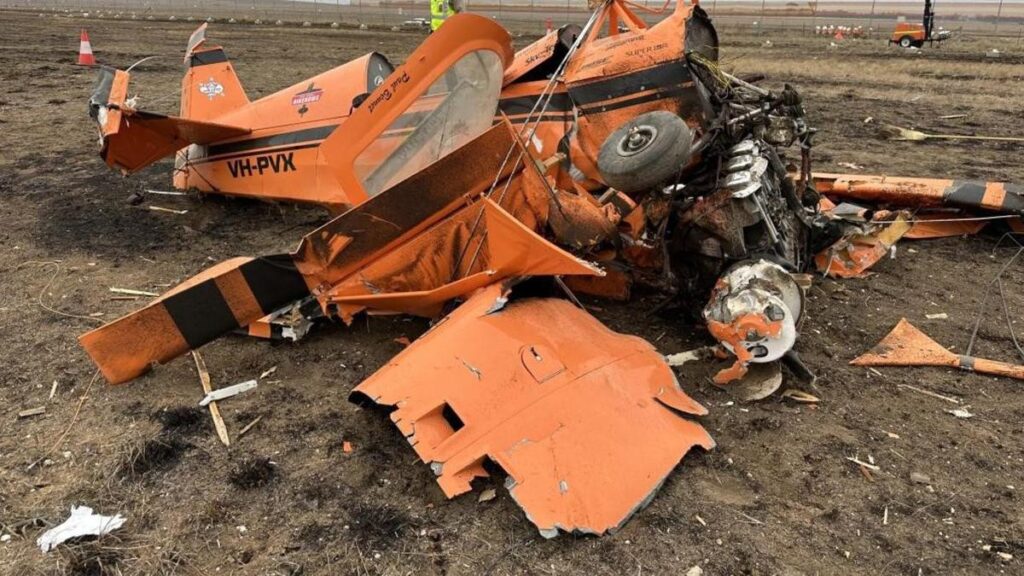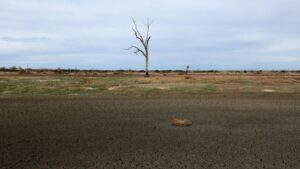
A stunt pilot’s crash during the Avalon Airshow in Australia has raised significant concerns regarding emergency response protocols. Pilot Glenn Collins, a member of the Sky Aces aerobatic team, crashed his Pitts aircraft in a designated pyrotechnics zone, which complicated rescue efforts and delayed crucial aid.
According to a preliminary report from the Australian Transport Safety Bureau (ATSB), Collins waited approximately ten minutes for emergency crews to reach him after the incident occurred on March 2023. The crash site was located in an area that was set to feature a “wall of fire” display, filled with fuel boxes, presenting safety risks that hindered the quick arrival of paramedics and fire crews.
The first ambulance arrived at the scene at 17:31, marking a significant delay in response time. Lead investigator Angus Baxter noted that pyrotechnicians were the first responders, but their ability to safely guide the aviation rescue firefighting service was limited. “As pyrotechnicians were attending to the pilot, they were unable to safely guide the aviation rescue firefighting service through the pyrotechnicians’ area, which increased their response times,” Baxter stated.
Investigators are utilizing GoPro footage retrieved from the cockpit, which is providing vital insights into the flight path prior to the crash. The footage indicated that Collins initiated a series of snap rolls for a “triple avalanche” maneuver at an altitude of between 700 and 800 feet, lower than his previous training flights, which typically occurred at 1,000 feet. The aircraft subsequently failed to recover and crashed.
Baxter confirmed that no defects were found in the aircraft prior to takeoff. “We’ve examined the wreckage and found no evidence of pre-impact defects; the flight controls were all intact and connected,” he reported. The investigation includes a thorough examination of flight instruments, with efforts underway to download relevant data.
Ongoing inquiries will also focus on the airshow’s emergency response plan. A final report from the ATSB is expected later this year. Collins, who has extensive experience with Paul Bennet’s aerobatics team, sustained serious injuries during the crash, including spinal damage. After spending five weeks in the hospital, he has since been released to continue his recovery at home.
“Most of my general injuries are healing well, but I do have spinal damage,” Collins shared in May. “While I can move my legs – which I’m incredibly grateful for – I don’t yet have full feeling in my legs or waist. Ongoing rehabilitation will be key, and I’m giving it my all.”
As the investigation unfolds, the focus remains on improving safety measures for future airshows to prevent similar incidents. The Avalon Airshow, held near Geelong, is a popular event attracting aviation enthusiasts and families, emphasizing the need for rigorous safety protocols in such high-stakes environments.







